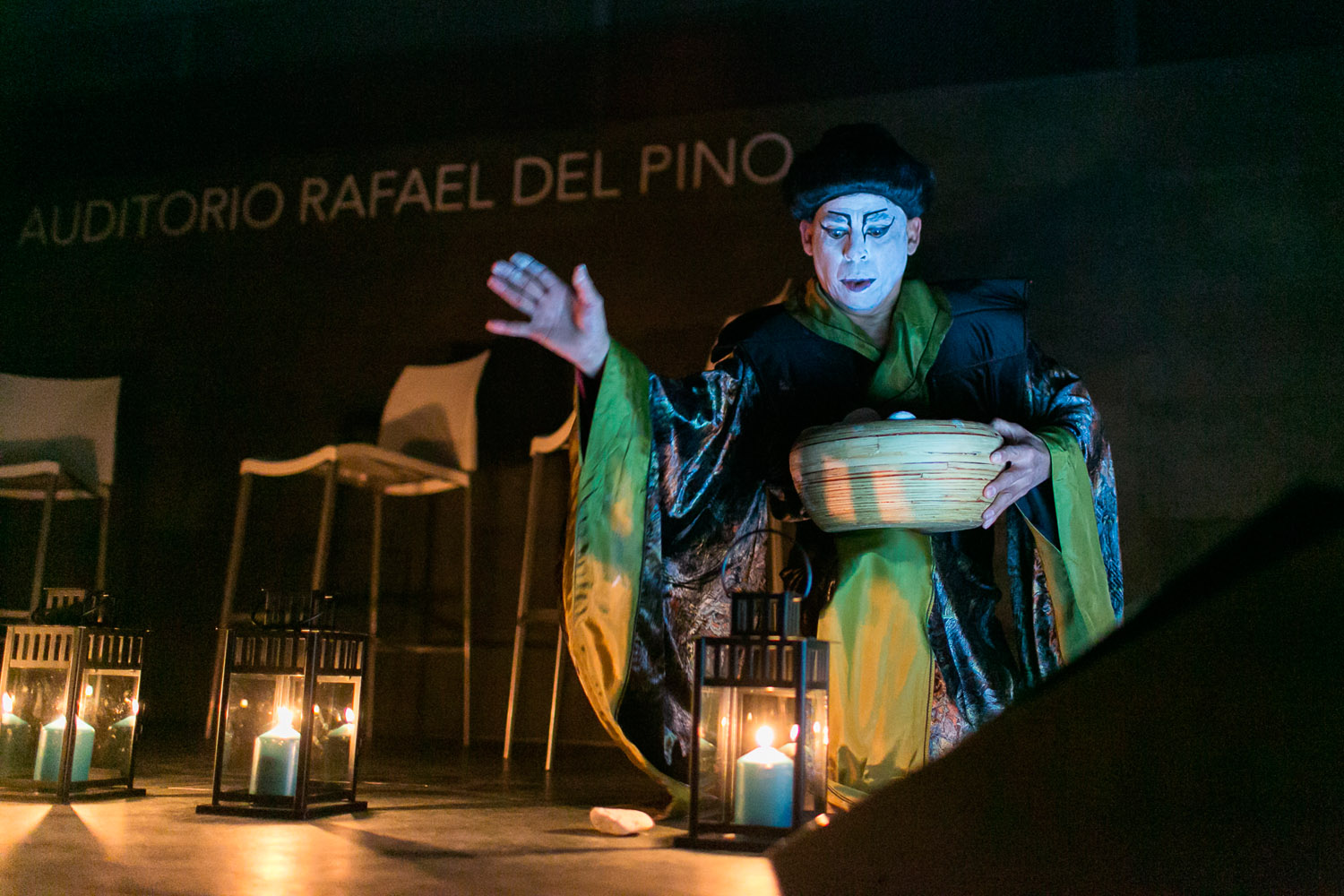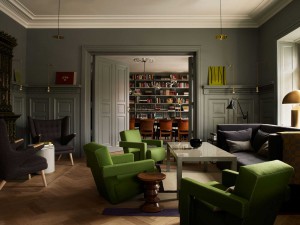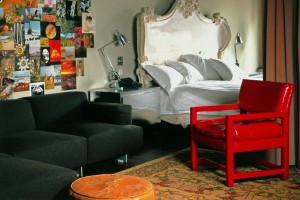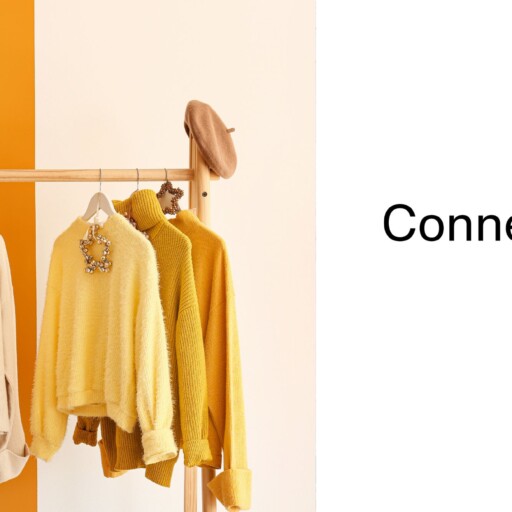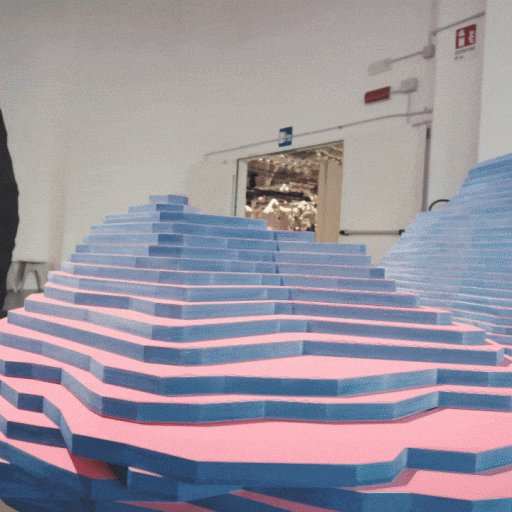Emotional design can be applied to the design of spaces, products, experiences, and more. These are just some of examples of how to put it into practice.
Frog Design and Apple
Since its beginnings, Apple has been conscious of the fact that it’s not about making the best equipment, but rather it’s about designing the best experience. Hartmut Esslinger and Frog Design studio played a key role in bringing technology to the user in the 1980s, laying the foundations for aspects of product design that are still seen today, such as the use of white and rounded corners.
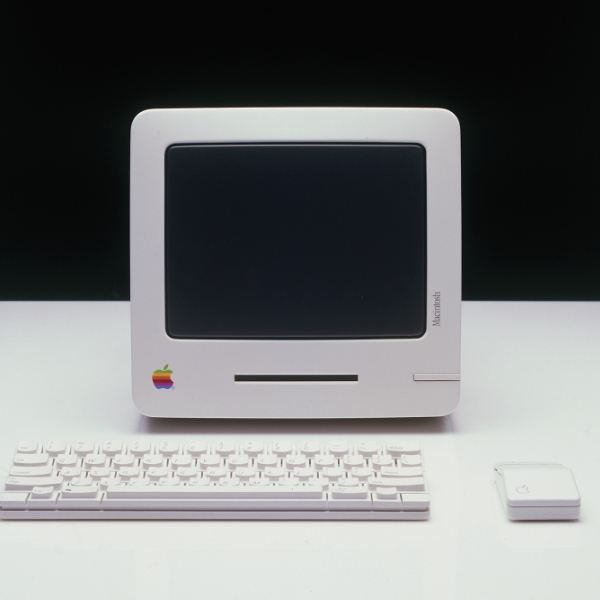
Juicy Salif by Philippe Starck
This icon of industrial design created by Philippe Starck in 1990 and made by Alessi was chosen by Donald Norman for the cover of his book Emotional Design. During a TED talk, Norman confessed that “it’s just neat; it’s fun. It’s so much fun I have it in my house — but I have it in the entryway, I don’t use it to make juice.” Starck himself said that “It’s not meant to squeeze lemons, it is meant to start conversations.”
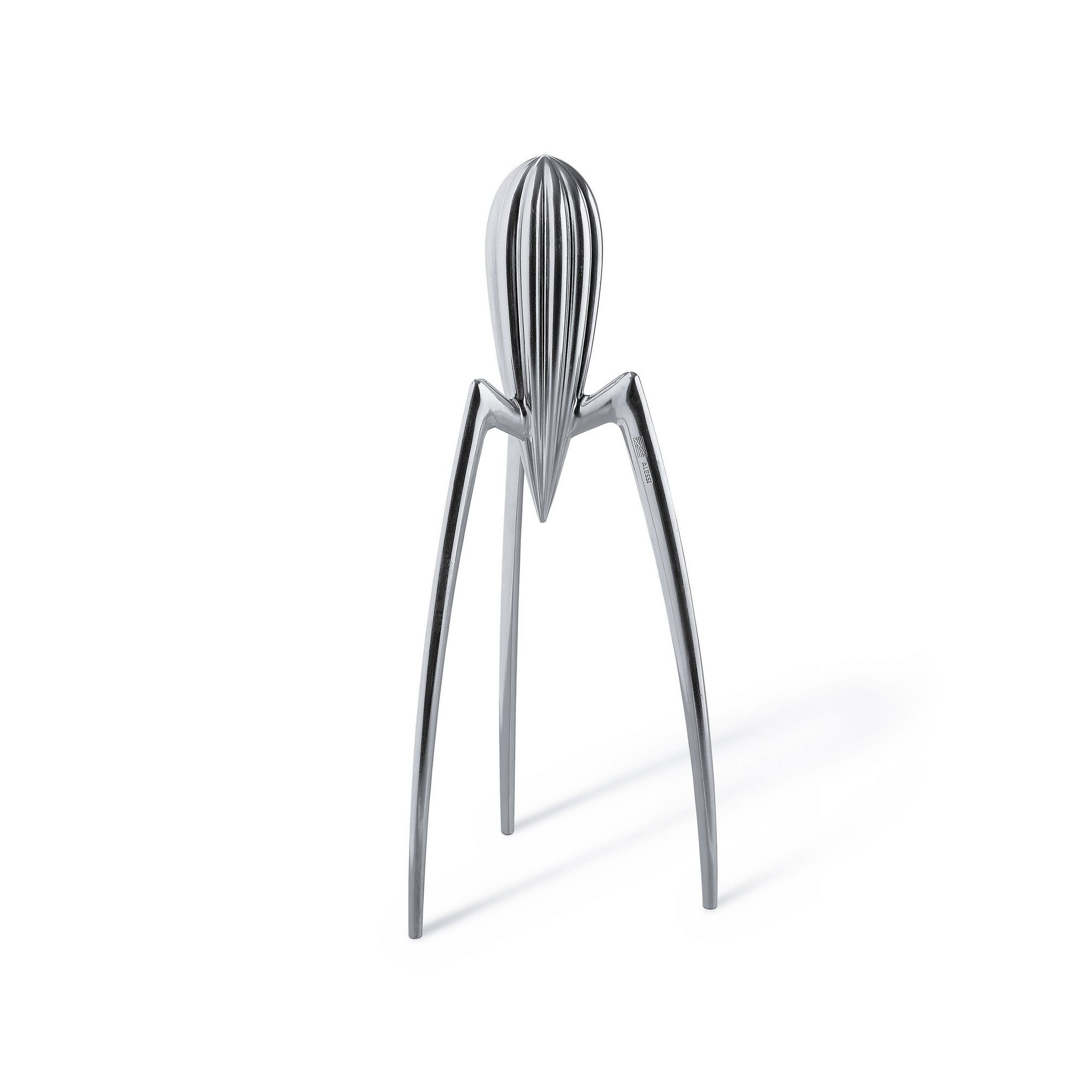
Nurture by Ilse Crawford
The Nurture pieces follow the maxim of Don Normal for whom “beautiful things work better”. Ilse Crawford created a watering can and a series of flower pots for Skultuna that, through their beauty, encourage us to look after our plants. The combination of brass and ceramic stimulates our sense of touch and ages harmoniously.
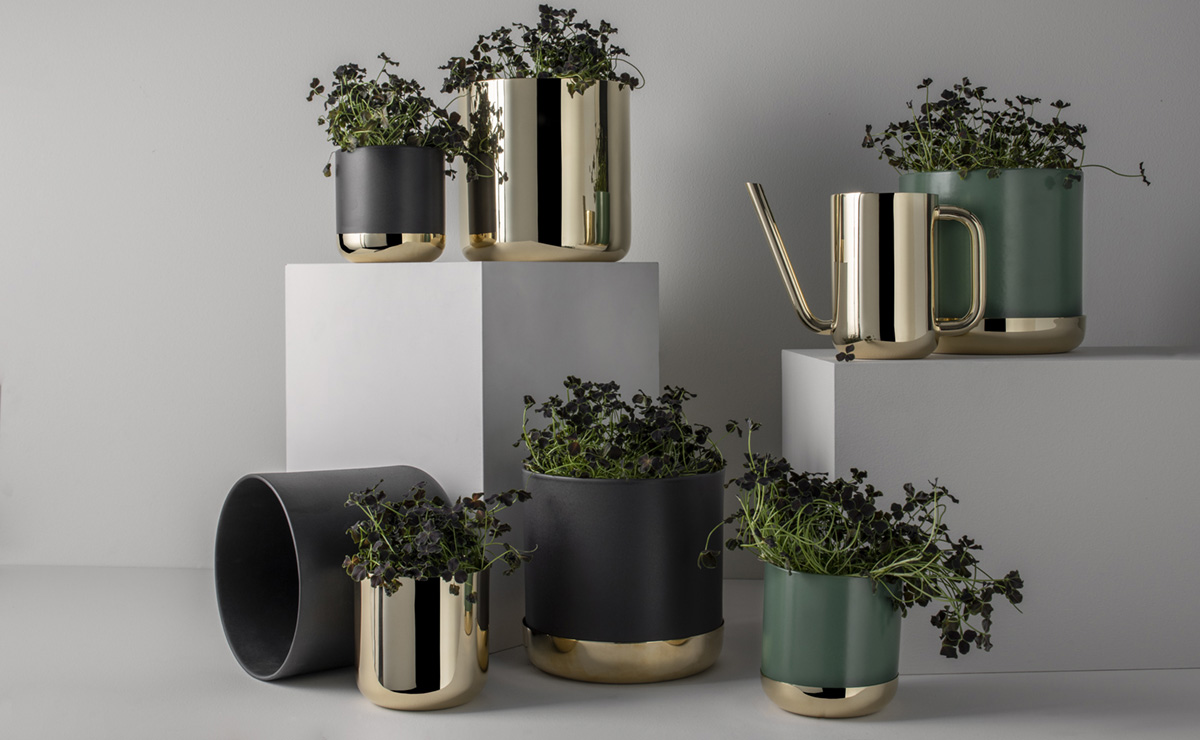
Soho House by Ilse Crawford
The English designer puts the senses and the needs of the user at the centre of her projects, creating inviting spaces where we immediately feel comfortable. You can feel this in Soho House in New York and ETT HEM Hotel in Stockholm.
La rêve de la lavande
The Lavender Dream is an emotional and sensory experience designed by architect Lilian Flores and perfumer, chef, and creator of unique experiences at Simply Fabulous, Véronique Gladstone. It’s an event in which everything revolves around lavender from Brihuega, with a visit to the fields of flowers, sensory theatre under the stars, and a gastronomic celebration. For Lilian Flores “it’s a journey to finding yourself, because the thrill comes from connecting with parts of yourself from which you were disconnected”.
Japanese omotenashi for Lexus
The key to emotional design is in making us experience emotions through a story. For example, instead of sending the Spanish directors of Lexus to Japan, an experience was created in which Japanese hospitality, omotenashi, was brought to Madrid. Designed by Lilian Flores in collaboration with architect Nain Homes, the gastronomic journey was rounded out with some kabuki theatre, origami, a Japanese garden, and more.
